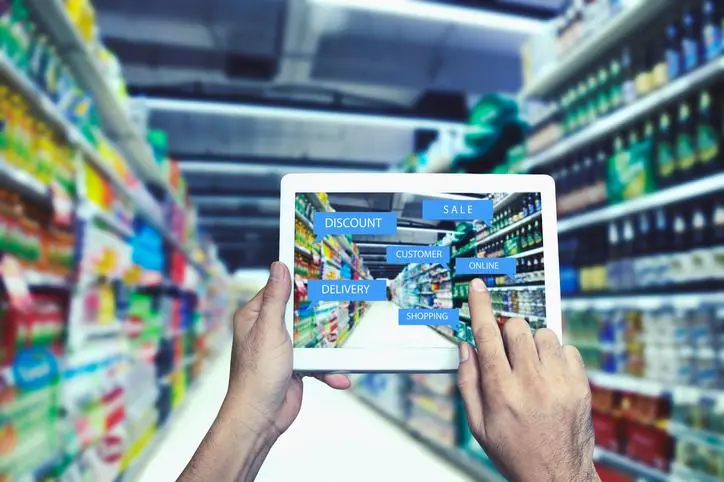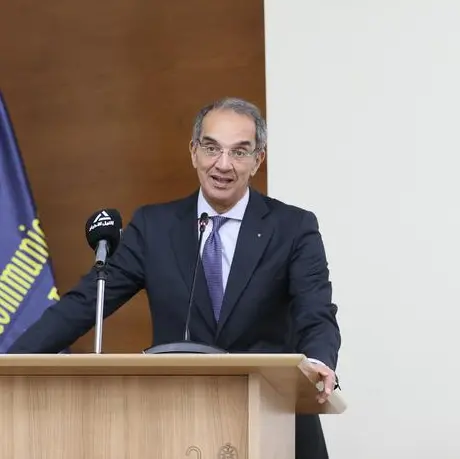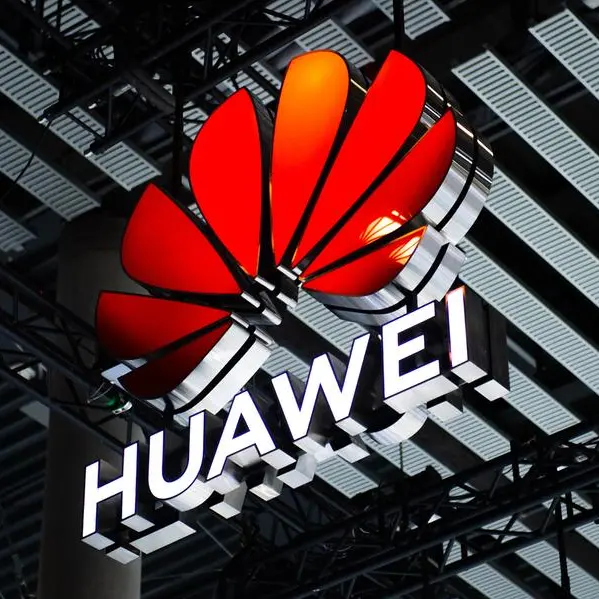PHOTO
E-commerce spending, which boomed during the onset of the COVID-19 pandemic in 2020, is showing signs of slowing down as consumers emerge from lockdowns and restrictions ease, according to the International Monetary Fund (IMF).
In its recent research conducted with Mastercard and Harvard Business School, the IMF said it found that the online share of total spending worldwide fell to 12.2 percent in 2021 from 14.9 percent at the peak of the health outbreak.
E-commerce spending is still above pre-pandemic levels in some markets, but in other economies such as the United States and many advanced countries, the online shares are now either at or below the pre-COVID trend levels.
"The latest data suggest that the spikes in online spending shares are gradually dissipating at the aggregate level," the IMF said in its latest blog post.
Online sales spiked in 2020 as consumers turned to e-commerce sites, buying daily essentials from groceries to food to other household items. On average, the online share of total spending jumped sharply from 10.3 percent in 2019 to more than 14 percent in 2020.
Is the shift permanent?
One common narrative is that the shift in consumer behaviour could be permanent or last longer even after the pandemic ends.
The trend may be true for certain industries and markets, but it is not broad-based.
"The embrace of e-commerce appears to be particularly longer lasting in restaurants (more specifically in food delivery), healthcare (which includes telemedicine) and some categories of retail, including department stores, electronics and clothing," the IMF said.
"This could reflect that mobility hasn't fully covered, along with the in-person nature of some sectors such as dining," it said.
The study cited by IMF used a unique database of aggregated and anonymised transactions through the Mastercard network from across 47 countries from January 2018 to September 2021.
(Reporting by Cleofe Maceda; editing by Daniel Luiz )





















